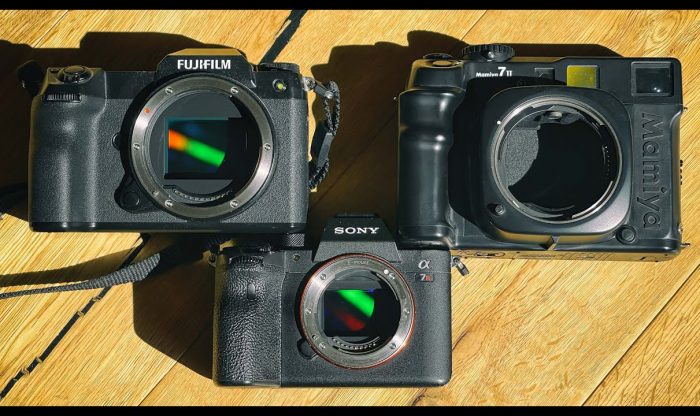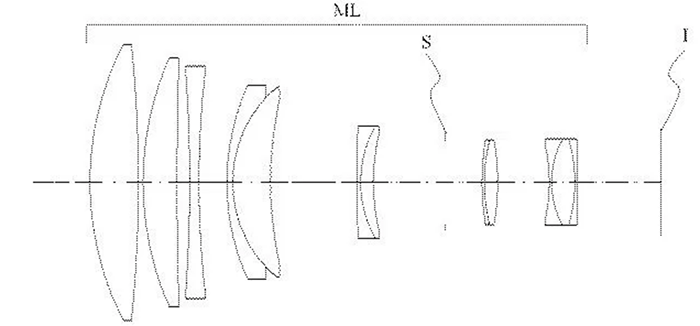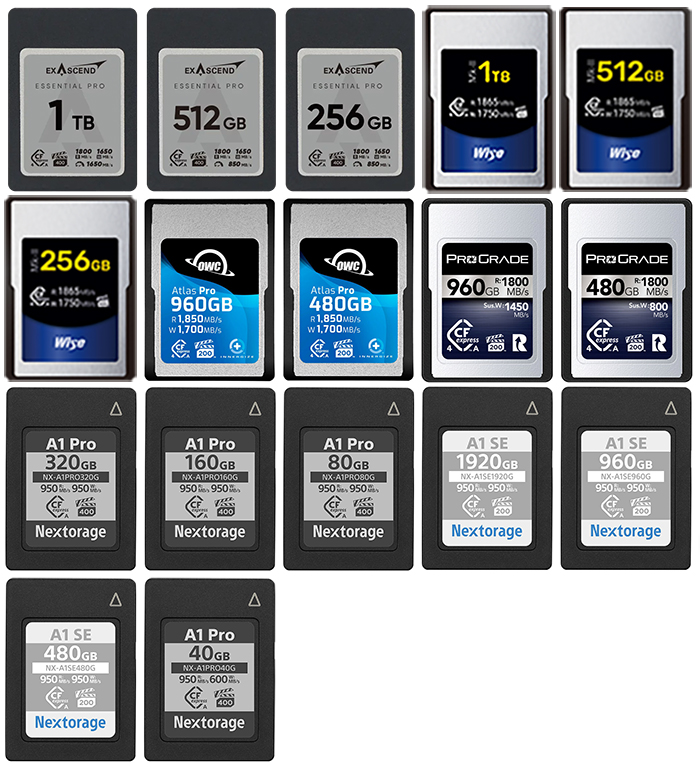PRESS RELEASE:
Companies Jointly Develop New Specifications to Meet Needs of Professional Photography and Video Markets
Milpitas, Calif., November 29, 2010-SanDisk Corporation (NASDAQ:SNDK), Nikon Corporation and Sony Corporation today announced the joint development of a set of specifications that addresses the future requirements of professional photography and video markets. The three companies proposed the specifications to the CompactFlash® Association (CFA)1, the international standards organization, with the intent to standardize the format.
Professional photography and High Definition (HD)2 video applications require a new generation of memory cards capable of processing significantly larger files. To address the imaging industry’s future speed and capacity demands, SanDisk, Nikon and Sony proposed a new card specification whose performance and storage capabilities surpass those of existing memory cards. Once accepted, the new format will enable exciting new possibilities in the professional imaging and video markets.
The proposed specifications achieve data transfer rates of up to 500 megabytes per second (MB/sec)3 (theoretical maximum interface speed) using the highly versatile PCI Express4 interface. The increased speeds will enable imaging and video applications that could not be accomplished using the current CompactFlash specification’s Parallel ATA (PATA)5 interface. CF6.0, released in November 2010, offers maximum performance of up to 167MB/sec.
The new specifications’ faster speeds enable continuous burst shooting of massive RAW images. The enhanced performance also allows users to quickly transfer storage-intensive high-resolution photos and videos from the card to a computer. The specifications combine high-speed data transfer with low power consumption via a power scaling system to extend battery life.
In addition to industry-leading performance capabilities, the new memory card specifications also meet the future capacity and durability requirements of professional imaging applications. The proposed new specifications have the potential to extend theoretical maximum capacities beyond two terabytes (TB)6, making them especially useful for high resolution images and HD video applications. Similar in size to a CompactFlash® card, the new specifications’ access control function and highly durable form factor produce a combination of physical ruggedness and reliability that is indispensable for professional usage models.
“This ultra high-speed media format will enable further evolution of hardware and imaging applications, and widen the memory card options available to CompactFlash users such as professional photographers,” said Mr. Shigeto Kanda of Canon, chairman of the board, CFA. “This next generation format is expected to be widely adapted to various products, including those other than high-end DSLRs.”
“The ultra high-speed media, which will be realized by this new card format, will expand the capability of digital SLR cameras and other professional digital imaging equipment,” said Mr. Kazuyuki Kazami, operating officer, vice president and general manager, development headquarters, imaging company, Nikon Corporation.








